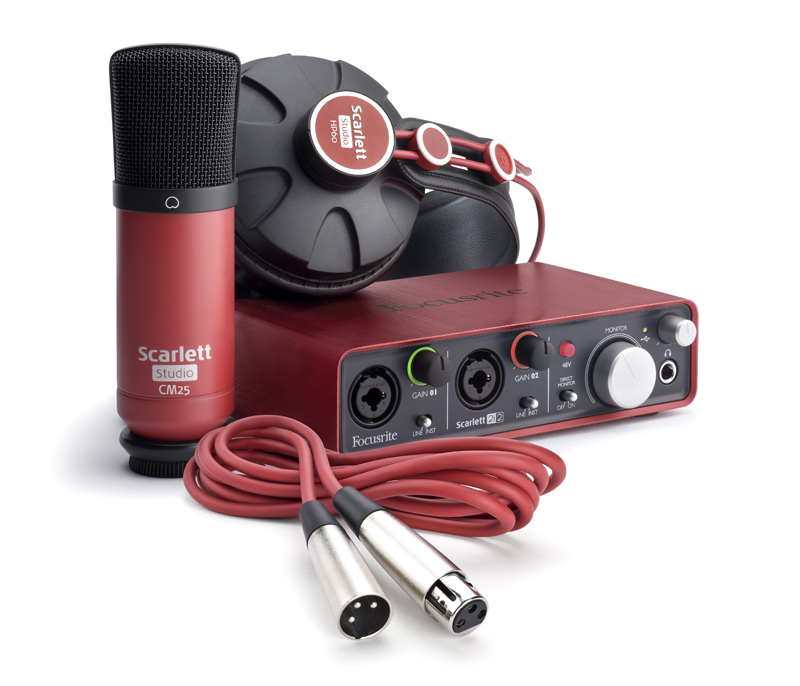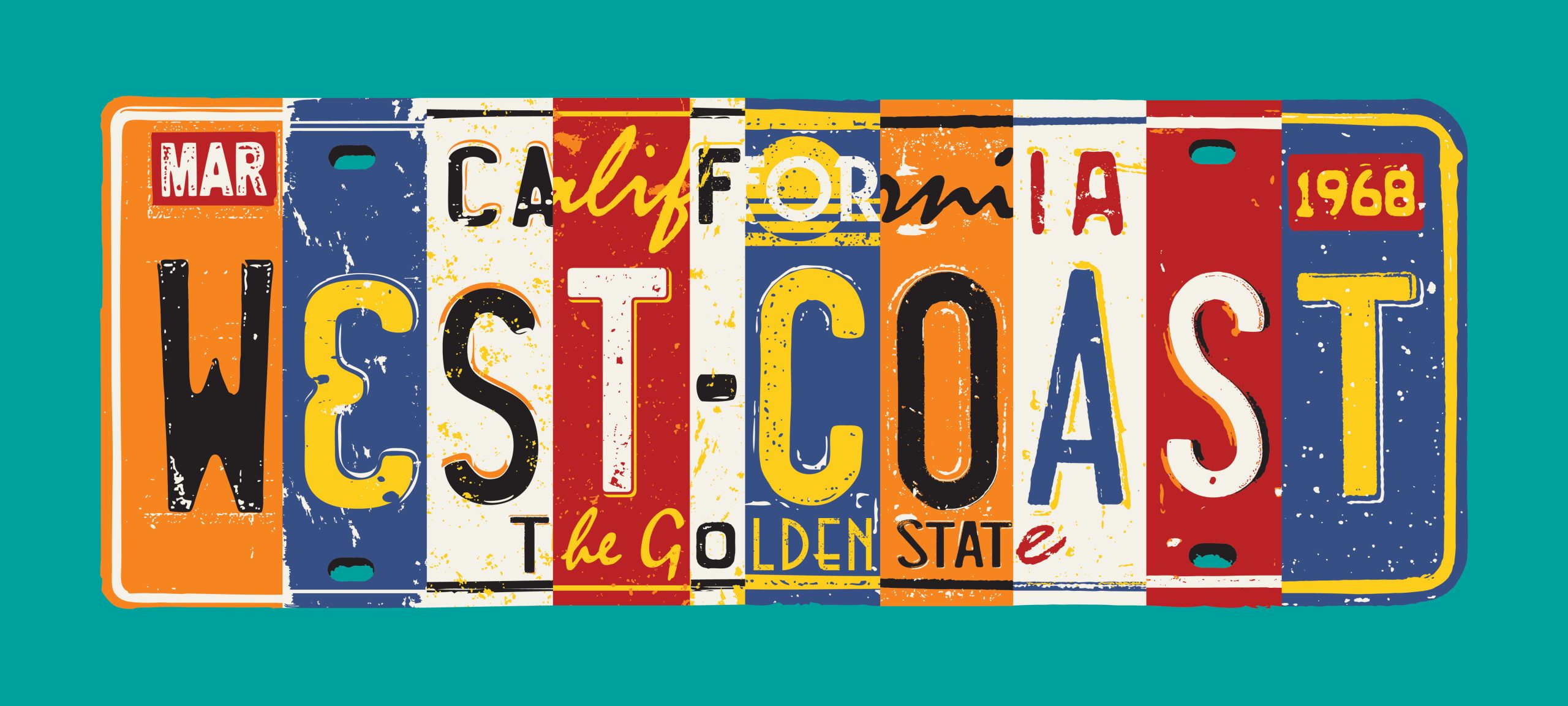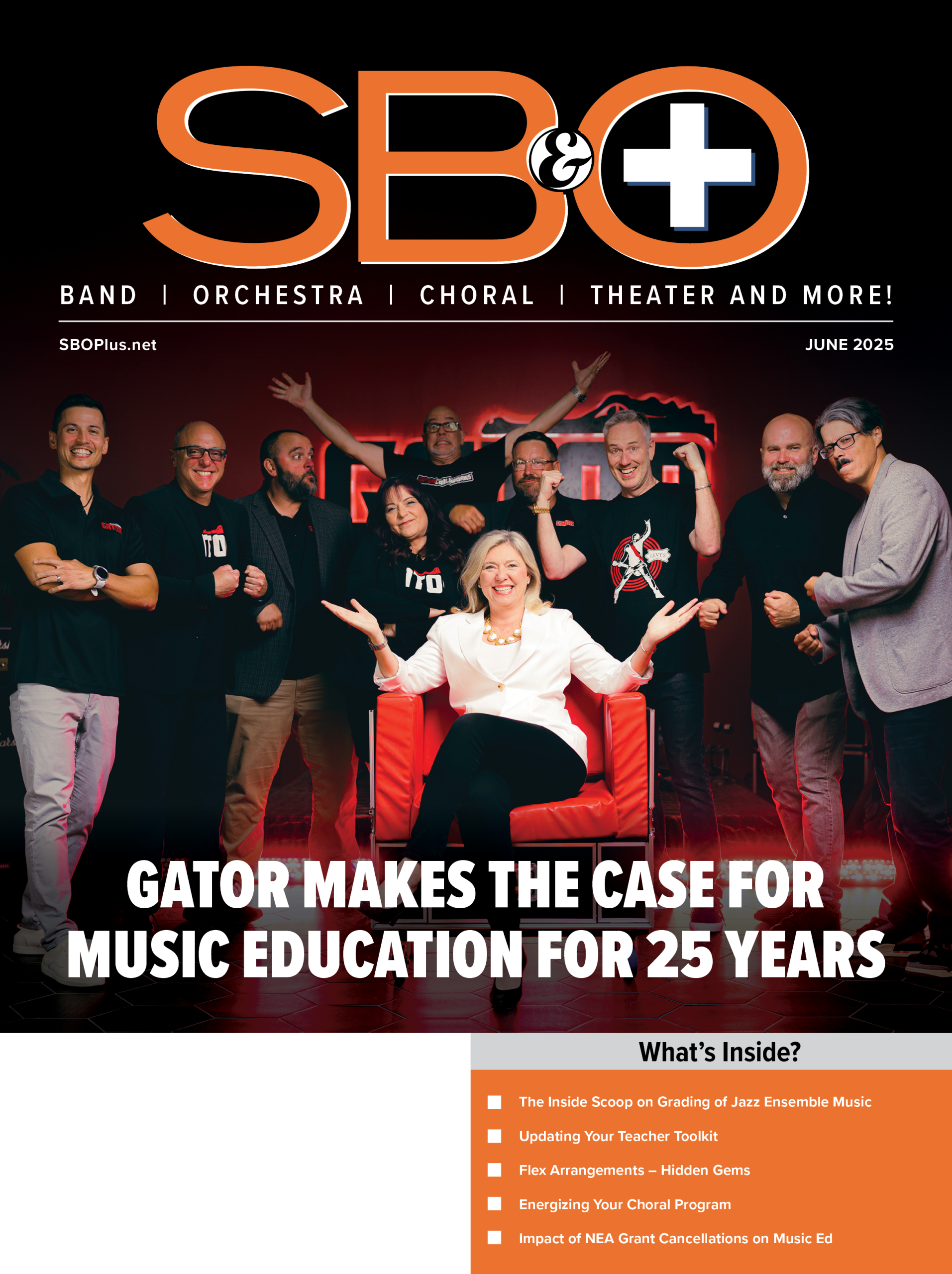Music educators may wonder how to incorporate improvisation into ensemble rehearsals despite its many benefits. I used to think I had to ask students to perform lengthy improvisatory solos, which wouldn’t work in a normal rehearsal. Once I realized improvisation is essentially making musical choices in the moment, I found I could use short, simple activities during my warm-ups to give students of all experience levels the chance to improvise.
When you start to use improvisation in your warm-ups, remember it can feel intimidating. To make improvisation activities feel safer:
– Give students a chance to plan out what they might do before they improvise.
– Ask all students to practice their improvisations at the same time (increases confidence even if it sounds chaotic).
– Bonus: simultaneous improvisation lets every student practice improvising, even if only a few students will solo.
– Limit students’ choices – this lowers the barriers for novice improvisers.
– Ask the rest of the ensemble to echo soloists to increase student engagement.
Since limiting students’ choices increases their improvisatory success, I often ask students to improvise on either rhythms or pitches. To focus on just rhythmic improvisation during warm-ups, there are a variety of strategies:
– Beginning string players could improvise rhythmic patterns using only quarter and eighth notes. (Bonus: gives practice in bow use.)
– During scale warm-ups, students could improvise four-beat rhythms echoed by the rest of the ensemble on each note of the scale. I would ask students to improvise all together first.
– Use language to develop novice students’ ability to hear and repeat rhythms as part of a mouthpiece-only warm-up. (Example: “my name is Ashton” = quarter note, two eighth notes, then two more quarter notes)
– Even the process of choosing from a set of rhythms to perform during their turn to solo develops students’ confidence in making musical choices. You could use the list of short rhythmic motifs in the back of many method books or choose difficult rhythms from concert literature to print out or project.
– Students can create rhythms using a specific rhythmic concept such as dotted eighth/sixteenth note combinations. (Bonus: gives students practice with difficult rhythms.)
Of course, melodic improvisation can be built into warm-ups as well.
– Beginning band and orchestra students can create simple melodic motifs using only a few pitches. (Bonus: solidifies pitch recognition for newly learned notes.)
– Brass players can create short melodies while buzzing on mouthpieces, then echo each other. (Bonus: improves muscle memory and intonation.)
– Students could practice creating short patterns centered around specific intervals or melodic patterns that are causing them problems. (Bonus: improves students’ accuracy for those intervals in their music.)
Question and answer improvisation activities are a fun way to incorporate student-to-student interaction. In these partnered activities, one student leads with a “questioning” musical motif, which should start on the tonic and end on a note that’s not the tonic. The “answering” student needs to create a musical response that a) uses some element of the question and b) ends on the tonic. To help students understand the process, I often used the example of a simple question like “What is your favorite color?” “My favorite color is red” incorporates some elements of the original question and introduces new information. You (or a bold student) can introduce question and answer improvisation by improvising a question to which the whole ensemble simultaneously improvises. The next step is to do question and answer improvisation activities in smaller groups like sectionals, and then finally by pairing students off. Because the role of musical questioner is somewhat easier, these activities provide an excellent opportunity to ask less-skilled students to be musical leaders.
The addition of harmony can make warm-ups more rewarding and accessible for students, but chord changes present difficulties for beginners. The major pentatonic scale is tonally safe because of its construction. Students can improvise simultaneously using the five notes and still sound good. The bordun (tonic and fifth held out together as a drone) adds a more solid harmonic background. One group of students could play long tones on the bordun, while the rest of the students improvise using the pentatonic scale. The pentatonic scale is particularly appropriate for the limited range of beginners.
For older students, modes have many of the same benefits because improvisatory solos that center around the home tone of the mode sound musically coherent over the bordun. Youtube has backing tracks that can increase students’ excitement for warming up, like the “Massive Jimi Hendrix Style Psychedelic Guitar Jam Track (E Minor)” – students can use the notes E, G, A, B, and D without having to worry about chord changes.
As students’ improvisation skills improve, the use of chord changes lets students choose notes within their comfort range. Playing with a recording of a famous piece of popular music makes long tone warm-ups more fun. For example, “Ring of Fire,” performed by Johnny Cash, uses only three chords: G, C, and D7.
– Start by explaining how lead sheets work and then ask students to play just the roots of the chords along with the recording. (Bonus: easily transitions into rhythm, articulation, or bow stroke practice.)
– Next, tell students the notes that outline each of the chords and allow students to choose which of the notes they want to play. A handout containing the chords’ outlines as a visual reference would be helpful.
– The 12-bar blues is a jazz form with only three chords: I, IV, and V7. Once students have mastered the form, Youtube has a variety of 12-bar blues backing tracks in multiple keys and at different tempos.
While improvising throughout the entire warm-up sequence is probably not helpful, I found that incorporating one or two brief activities per week familiarized my students with an important musical skill in an easy and fun way. Because students can choose to improvise in as simple or complex a way as makes sense for them, they get an accessible, differentiated learning experience that increases their sense of ownership and independence. Improvisation is a great way to develop and assess the musical skills all music educators want their students to acquire.
Nancy L. Summitt taught instrumental, choral, and general music for seven years prior to obtaining her Ph.D. from the University of Memphis. She is currently the assistant professor of music education at Central Michigan University. Nsummit@gmail.com






























